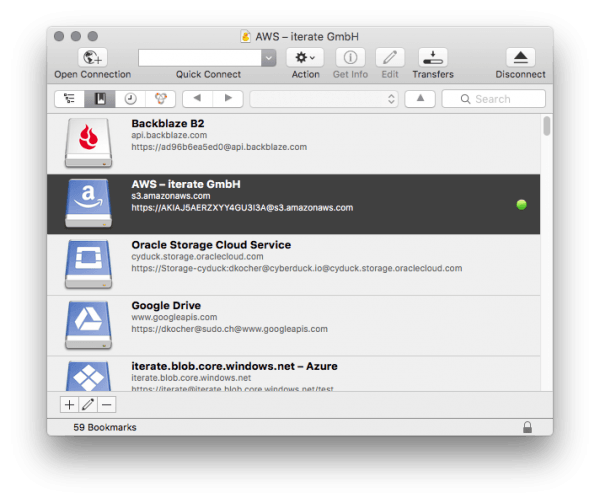

If you like, you can also use dashes ( – ) or underscores ( _ ). Use only alphanumeric characters in the filename and make sure there are no spaces.Place the file in an easy-to-find location, such as your desktop.

If you’re pushing 25 MB or more, your visitors might not like the wait. Anything up to a few megabytes (MB) is acceptable on modern internet connection speeds. File Guidelinesįollowing these guidelines will help reduce problems when creating your link. SFTP is the secure version of FTP because it encrypts the password and files. Malicious people on your network can easily intercept your password and files when connecting through FTP. The protocol is the method used by the software and server to communicate.įTP is widely supported by file transfer programs but it’s not secure. Deleting files here will cause content to permanently disappear from your website. Please take care when manipulating files on the server.

If you did not enter a path in step one, you will be placed on the uppermost level so you’ll need to navigate to your ‘files’ directory. The files on the server are organised in a hierarchy similar to your own computer.Once the software has connected, it should display the files currently on the server. If it doesn’t, enter port 21 if connecting through FTP, or enter port 22 if connecting through SFTP. Port: Most clients will fill this in for you.Open your FTP client and in the connection screen, use the following settings.You can upload any file type but to make things easier for yourself, I suggest you follow the guidelines below. The file you’d like to upload (of course!).(These credentials are not the same as those used to login to the CMS and edit your site pages.) For security, I’ve sent your username and password separately. Your username and passwords to login to the server.File transfer software, also known as an ‘FTP client’.You will need the following in order to upload your file: Here I will show you one method, but if you find it to be unwieldy, please let us know as we can suggest alternatives. Your site is controlled by a content management system (CMS) and there are several ways to achieve the same result. It will show you how to upload a file to your server. These instructions relate to your public website.


 0 kommentar(er)
0 kommentar(er)
